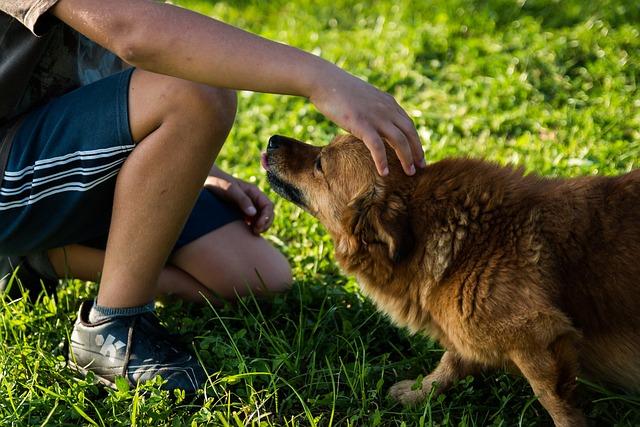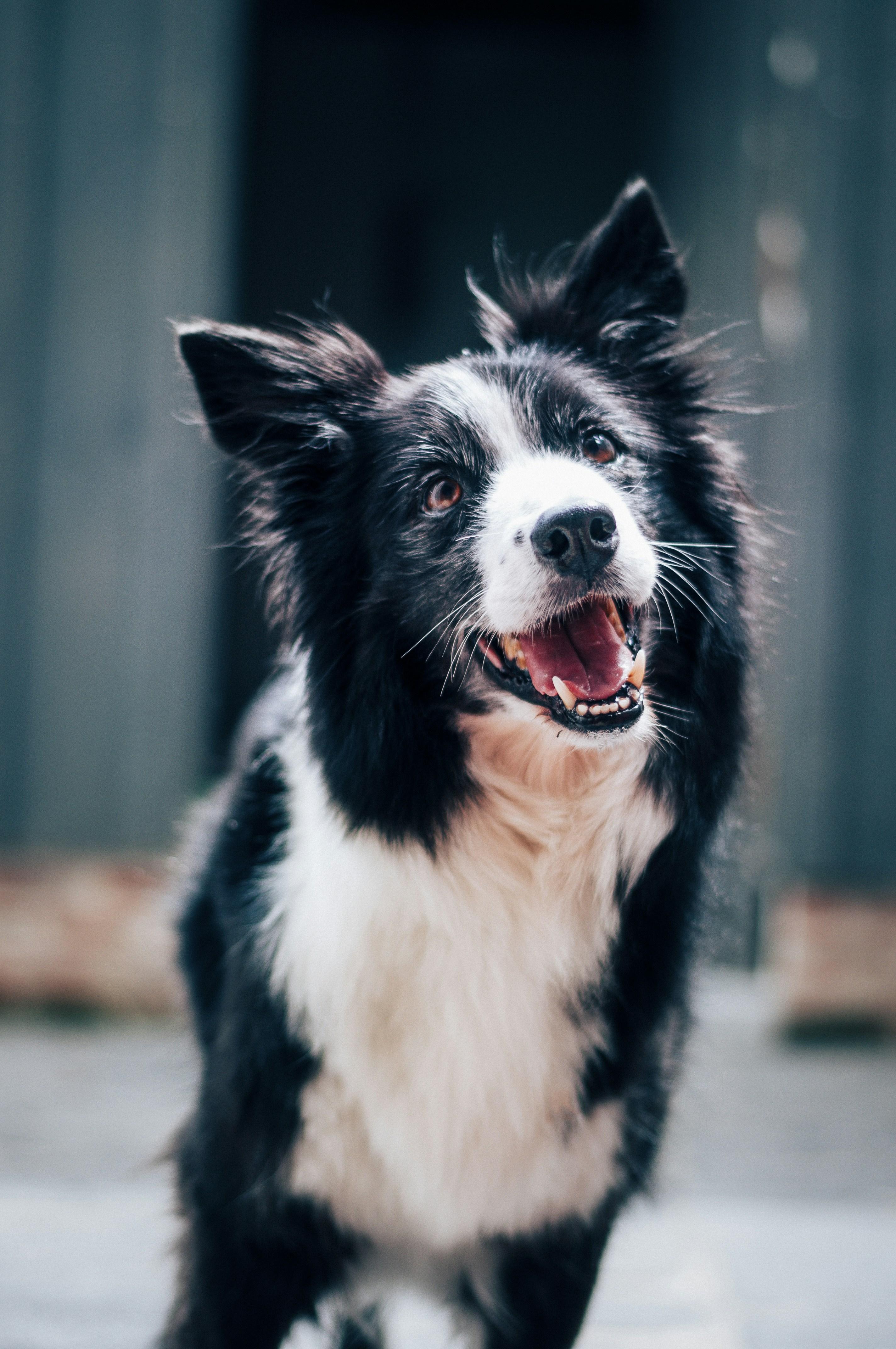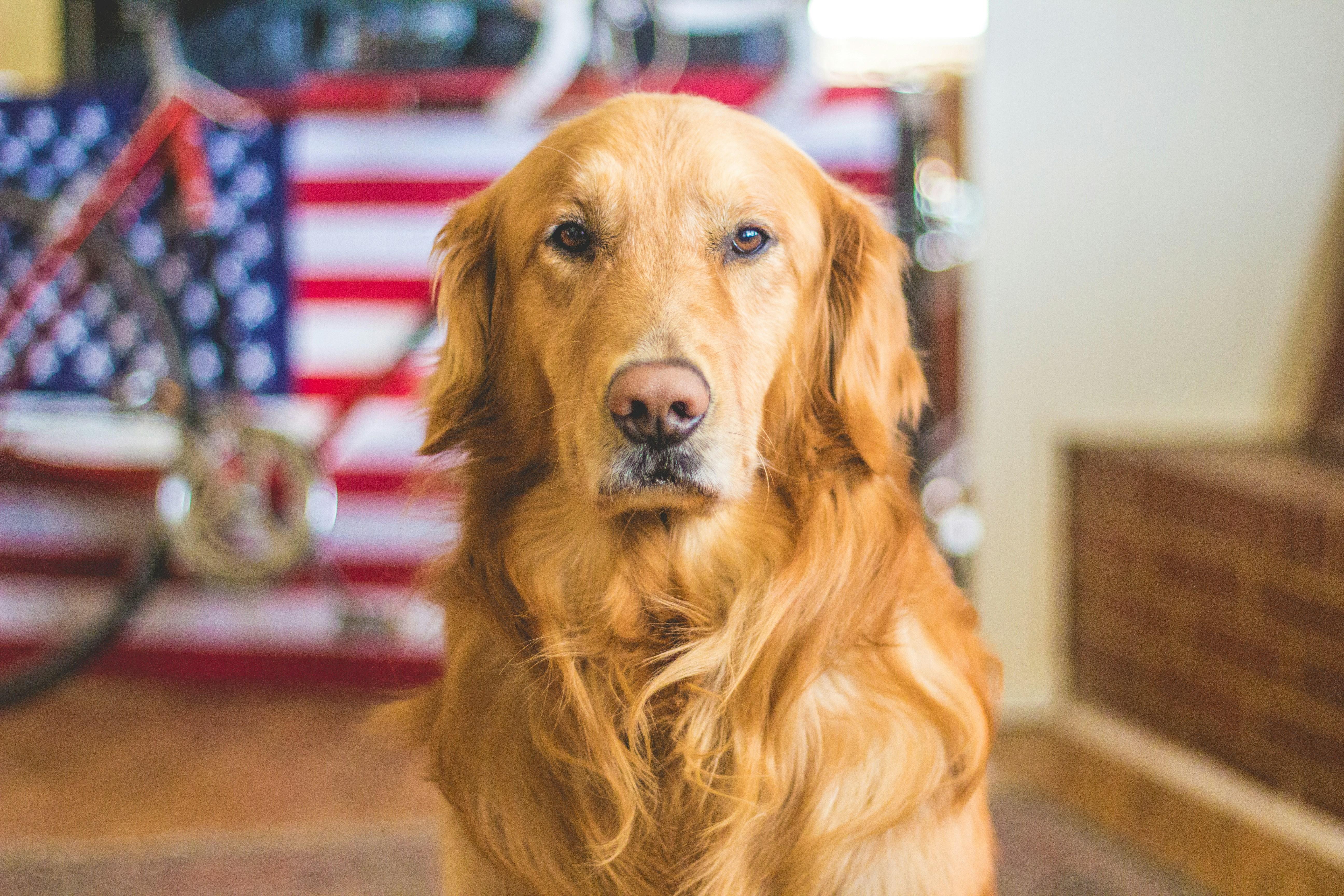Socialization Tips for Taking Your Dog to the Dog Park

As the sun dips below the horizon and paints the sky in hues of orange and pink, a bustling symphony of barks, playful growls, and wagging tails fills the air at your local dog park. For many pet owners, this vibrant scene is more than just a routine outing—it’s an opportunity for their furry companions to engage, explore, and learn the unspoken language of canine camaraderie. Yet, navigating the social landscape of the dog park can be as intricate as any human social setting. Whether you’re a seasoned dog owner or a newcomer to the world of wagging tails, understanding the nuances of dog park etiquette is crucial. This article will guide you through essential socialization tips to ensure that your dog’s park experience is not only fun but also safe and enriching. Let’s embark on this journey of paws and play, where every sniff and scamper is a step towards a well-rounded, sociable pup.
Preparing Your Pup for Park Adventures
Before setting foot in the vibrant world of dog parks, it’s essential to ensure your pup is well-prepared for this new social setting. A few preparatory steps can make all the difference in creating a positive experience for both you and your furry friend. Here are some key tips to get your pup ready for park adventures:
- Start Small: Gradually introduce your dog to different environments and a variety of people and animals. Short, frequent outings in less crowded areas can help your dog become more comfortable with new sights and sounds.
- Basic Training: Reinforce basic commands such as sit, stay, and come. This will help you manage your dog’s behavior in more stimulating environments.
- Observe Body Language: Learn to recognize signs of stress or aggression in your dog. This will allow you to intervene early if your pup seems overwhelmed or uncomfortable.
- Vaccinations and Health: Ensure your dog is up-to-date on vaccinations and is healthy before visiting the park to prevent the spread of illnesses.
By taking these steps, you’ll help your pup become a confident park-goer, ready to make new friends and enjoy the freedom of open spaces.

Reading Canine Body Language Like a Pro
Understanding your dog’s body language is crucial when visiting a dog park, as it helps ensure both your pet and others have a positive experience. Dogs communicate through various postures and movements, and being able to read these signals can prevent potential conflicts. Look for signs such as a wagging tail, which often indicates happiness, or a tucked tail, which can suggest fear or anxiety. A relaxed, open mouth usually means your dog is comfortable, while a closed mouth with tense muscles may indicate stress.
- Play Bow: This is a universal sign that your dog wants to play. They lower their front legs and raise their rear, inviting other dogs to join in the fun.
- Raised Hackles: This can be a sign of excitement or agitation. It’s important to observe the context and other body signals to understand the emotion behind it.
- Yawning: Although yawning can indicate tiredness, it can also be a sign of stress. If your dog yawns frequently in the park, they might be feeling overwhelmed.
- Side Eye (Whale Eye): When you can see the whites of your dog’s eyes, it could mean they are feeling threatened or uncomfortable.
By honing your skills in interpreting these signals, you’ll be able to intervene when necessary, ensuring your dog remains safe and happy during social interactions. This proactive approach not only benefits your dog but also helps maintain a harmonious environment for all park-goers.

Mastering the Art of Playtime Etiquette
Ensuring a positive experience for both your dog and others at the dog park requires a keen understanding of playtime dynamics. Being mindful of your dog’s behavior is the first step. Observe their body language to determine if they are feeling anxious or aggressive. If you notice any signs of discomfort, it may be time for a break. Remember, not every dog will get along, and that’s okay. It’s important to respect their boundaries.
- Be aware of pack behavior: Dogs can form temporary packs which might lead to aggressive play. Keep an eye on how the dynamics change as new dogs enter or leave the park.
- Communicate with other dog owners: A simple conversation can help set expectations and resolve potential conflicts before they escalate.
- Bring toys cautiously: While toys can be great for play, they can also trigger possessiveness or jealousy among dogs. Monitor interactions closely when toys are involved.
By staying attentive and proactive, you can ensure that playtime remains fun and safe for everyone involved.

Handling Common Dog Park Dilemmas
Encountering dilemmas at the dog park is a common occurrence for many pet owners. To navigate these situations effectively, it’s essential to be prepared with some practical strategies. First, always keep an eye on your dog’s body language. Signs of stress or aggression can include raised hackles, growling, or excessive barking. If you notice any of these, it might be time to gently guide your dog away from the situation.
- Introduce slowly: When meeting new dogs, let them approach each other at their own pace.
- Be proactive: If a situation seems tense, intervene calmly by calling your dog back to you.
- Use positive reinforcement: Reward your dog for calm behavior and good interactions with treats or praise.
Respecting the rules of the park and being mindful of other dogs and their owners is crucial. This not only ensures a pleasant experience for everyone but also helps in building a positive community environment. Remember, your calm and attentive demeanor can set the tone for your dog’s behavior.



